A story about how the whole local artistic universe is applying for AFCN funds and cordless phones that ring with no answer.
Let’s recall the existence of so many ephemeral moments in which artists are in charge of something, is what Igor Mocanu’s invitation could have sounded like. Now they lead some other somethings. Before learning work patterns, I learned from local experiences that any space in the independent sector is born with an expiration date, just like those clones from the film Moon, an otherwise totally uninteresting movie if we ignore that scene where two clones figure out that they were built with a 3 year contract and that there were thousands more just like them kept in a freezer. The same actor, again and again. At one point he was deteriorated/zombified after three years of sitting on a lunar station in charge of extracting something very precious that could be found only on the moon. Then he was fresh and crisp, newly reanimated after exiting the fridge with others like him.
I’ve learned from what I’ve seen in the local cultural scene; I’ve also learned from books that tell stories about other places. In Vancouver, in London, the squats in The Netherlands in the 80s, or books about auto-organized collectives, they all have both a memorialist and educational side. This is what it was, this is what can you can do.
A foreign artist that dropped by Platforma, to which I tried to brag for 5 minutes about our way of working, told me that we have an idiosyncratic, ultra-contextual way of functioning in poor conditions that will never repeat themselves. So it is an absurd and useless work pattern…
As part of the group that responded to Igor’s invitation, in theory I was the only person that represented something that hadn’t died yet, was ephemeral or imaginary. Sitting at the round table beside me were: Suzana Dan (to talk about the spaces that are part of The White Night of Galleries), Adrian Guță (to remind us of the 80s), Mihai Mihalcea (to talk about CNDB and subRahova), Veda Popovici (to tell us about The Congress of Spectral Institutions), Nicu Ilfoveanu (with memories about deBufet).
The problems in debating started due to the definition of artist-run-space itself, the space that is run by artists. In theory, this name is an umbrella term for independent spaces where a group or an artist collective organizes, exclusively or predominantly by their own means, a series of events basted on work exchange and precarious production focusing more on experiment and process rather than delivering finished products on the market that can be quantifiable in a commercial gallery system. These places were born alongside ephemeral art forms based on actions, interventions and rational formulas of neo-avant-garde; these spaces were already all over Western Europe and North America in the 70s-80s. They come from common work spaces – workshops, manufacturing – that have been available everywhere for orders, sales, for representing artists, for decorating, for surviving. These common work spaces, whether they belonged to powerful guilds of sculptors, painters, typographers, decorators of any kind or ephemeral groups of artisans working by the side of the road, aimed to guarantee subsistence by working, crafting and putting ideas together.
Artist run spaces in the 60s and early 70s had the same objectives and were built out of necessity because certain forms of art had no access to the commercial or museum structures of those times. These spaces did not have a coherent artistic system, however they did put forward an exchange of elements that were hard to quantify in museum or capitalist terms. This wasn’t because the artist wanted to run away from artistic work that could produce plus-value, it was in favor of a different type of work, a cultural exercise that also needed to be paid, even though it took place between the four mystical walls of a white painted nest, kept at a constant temperature.
But we know all this. We also know that the alert and attentive process of musification came to incorporate almost everything and there is little to no difference between art in museums and art produced by independent/artist-run spaces. Artist-run spaces are now (pseudo) institutions with very diverse organizing structures and the only ones that manage to survive, better than pop-up spaces or places open for a white night, are those who receive funding, have the capacity to put all the resources together or are supported in some other way.
We live off the legends we hear about funding for artists in The Netherlands or Germany, off the frustration that we are not part of Visegrad. We remember about the Soros money. We build and build, dreaming about that perpetual 90s dream that we would one day be part of Europe. Europe, Europe. Residency programs, respect, fees.
Suzana is optimistic, she notices that the number of art spaces is growing, the NAG (White night of galleries) list goes on and on. In reality, only half of those places have constant activity.
…constant activity. It is a necessity. To know that, as an artist that has a project for an artist-run space that isn’t paid at all, there is a minimal support system, an infrastructure, a hammer drill, a few rolls of duct tape, a way to keep the place open to the general public. To have all these things at your disposal is only justifiable by constant activity. At Platforma, constant activity is measured in extension cables. Finally, after 4 years, we have enough extension cables so that no artist needs to bring their own.
Mr. Guță reminds us of the 2 House Parties that took place at Decebal and Nadina Scriba’s back in the 80s. These could be examples of pure, underground independence that turned that house into an artist-run space.
…pure independence. Is it only a characteristic of artist-run spaces? For me, there are numerous examples of such spaces in Romania before 1989: a lot of the Atelier 35 organizations used to function this way. In Bucharest, Oradea, Sibiu, Sfântu Gheorghe. Perhaps this was the case for a lot of the UAP (Artist Union in Romania) galleries in faraway cities because they were far away from censorship. In Arad or Lugoj for example. Even in Timișoara for a while. This is a typical example of “back then it was better”. Now the spirit of Atelier 35 is kept alive through the efforts of a single space, while the majority of the UAP galleries are rented out for exhibitions for its own members.
Nicu talks about deBufet. It was a terrace-bar in the back yard of the Bucharest Art University’s gallery that used to organize artistic events as well. I remember it was often close even during the hours when it was supposed to be open, but we could sit at the wooden tables without buying anything. It’s possible that the same wooden tables and chairs are still there today, deteriorated, yet still good to use in-between classes, show openings or PhD graduation parties.
…a cultural terrace-bar. In theory, artist-run spaces have the power of managing themselves. You sell a beer here, a t-shirt there, a small work of art, perhaps a book if you get the funds to publish it. It’s a small model of a contemporary museum-mall lounge, only more precarious. You suddenly become trapped in a world of bookkeeping, bills, ins and outs, profit and loss.
Veda talks about the Congress of Spectral Institutions. Places and organizations that have a discursive existence in our imagination and with a critical intention. The Blind Museum, Mama, Kunsthalle Batiștei, Candidacy for President, The bureau of melodramatic research, Parapoliția… I can already see them as institutions from a parallel universe, in which they resemble the products of a dystopian imaginarium of an Alpha writer.
…dystopian institutions. AFCN, where we all apply for funding, as concrete organized formulas, as associations born out of optimism or need. Aren’t all these associations a bunch of dystopian institutions, shadows of project-based language and ghosts of our critical and spectacular languages that are being translated, quantified in the summary of a cultural project, the justification of this project, its aim and objective, without overlooking added value, especially the budget, estimations, the three offers? In 2015 there were 1.000.000 ron for the visual arts. About 250.000 euros for the entirety of the country’s culture!! …Similar to the white night spaces, these NGOs of ours are just spectral institutions, lifting their heads only to bury them back in online application forms.
Mihai knows the CNDB (National Center for Dance) and the subRahova Cultural Home experiences. These are patterns of constant practice for me. CNDB was a common effort on behalf of a few people that accomplished the impossible: to build and institution with a separate line of funding that managed to offer money for local production competitions. subRahova was the last hope for a community that just lost CNDB and was kept alive by Farid Fairuz.
…rip. They said it, it’s like a church now. CNDB is blooming now by selling tickets at the door. Even they face difficulty every once in a while. It is one of the only artist-run institutions that, alongside Tranzit, manages to pay the artists.
As for myself, I’ve said the following before, hoping that, even in out idiosyncratic way of functioning, there will still be likeminded people: I feel that we haven’t produced real art for a long time at Platforma, but rather a sort of dystopian owl shriek that we hope others will recognize. We’ve fallen asleep and woke up on blankest of good intentions a thousand times. The role of a cultural producer is wonderful and I always knew its advantages and we openly recognize them – a work space set for us by the museum where everything we want to do is doable, where we work and come up with ideas, hoping that someone will notice them one day. And they were noticed, they are. Maybe herein lies the paradox: how much can you contribute to changing the art scene, how long can you last? What are the failure-safe options?
…adding value. The conditions and the context in which I’ve been working were almost about to change. MNAC’s new leadership finally decided to add a reasonable budget for the production space at the 1st floor of the Annex. But institutional surprises up the hierarchy ladder never stop and the year 2015 saw drastic budget cuts that the Ministry of Culture was forcing on 18 museums in Romania. MNAC probably suffered the most, having only 35% of the money it needed and asked for, as opposed to previous years. The snowball is silently getting bigger just as silently as we are all operating: local contemporary art is cramped into the financed spaces whose walls are progressively closing in.
In Igor’s group of participants, it seemed like I was the only one who represented something that hadn’t died, wasn’t ephemeral and wasn’t imaginary. But I can’t be certain that, in this history that he wants to write, the history of artist-run cultural spaces, my role at the round table is not part of another uninteresting movie, maybe The Walking Dead series. With Igor playing the only calm person that can foresee the future.
The paradoxical post-communist utopia of artist-led-spaces in Bucharest
A round-table discussion organized and moderated by Igor Mocanu
Participants: Adrian Guță, Farid Fairuz, Nicu Ilfoveanu, Simona Dumitriu, Suzana Dan, Veda Popovici
Monday, 9 March 2015, 7:30 pm
tranzit.ro/ București
POSTED BY
Simona Dumitriu
Simona collaborated until 2015 with Ileana Faur, Marian Dumitru and Claudiu Cobilanschi at Spațiul Platforma, an artist-run space supported by the National Museum of Contemporary Art / MNAC in the An...
www.poetrybody.wordpress.com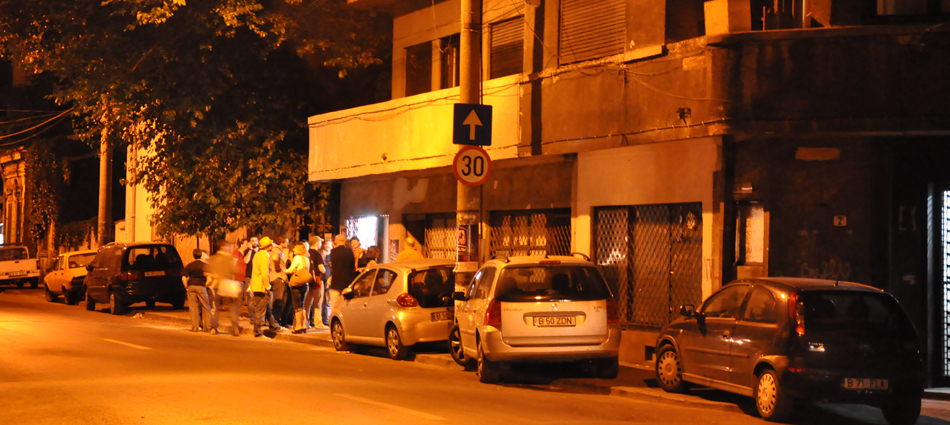
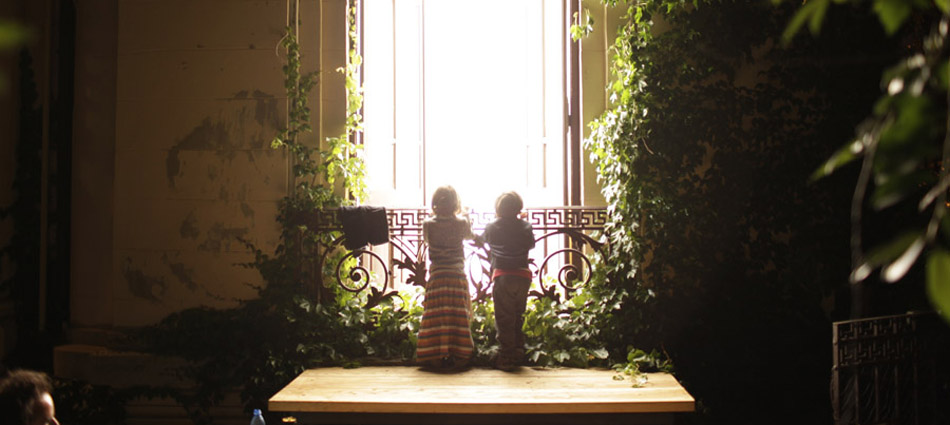
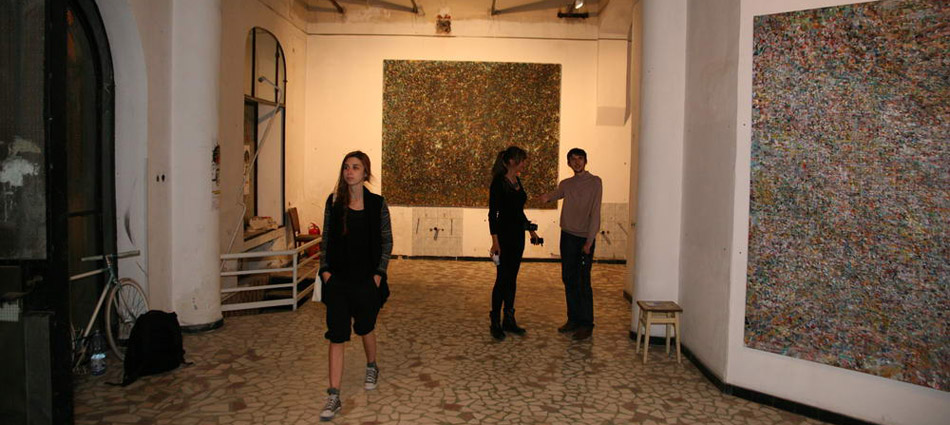
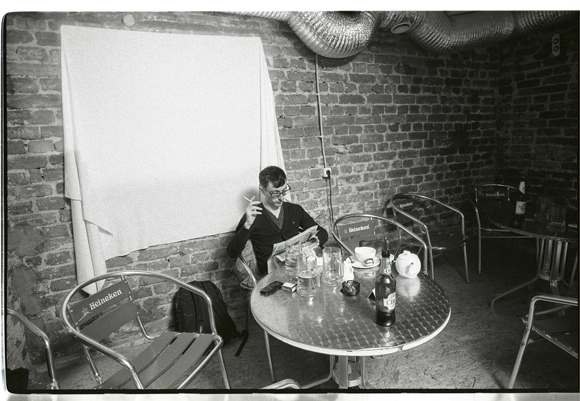
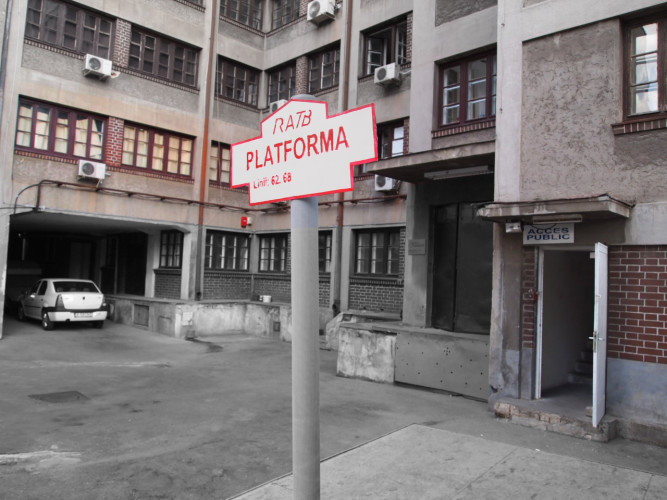
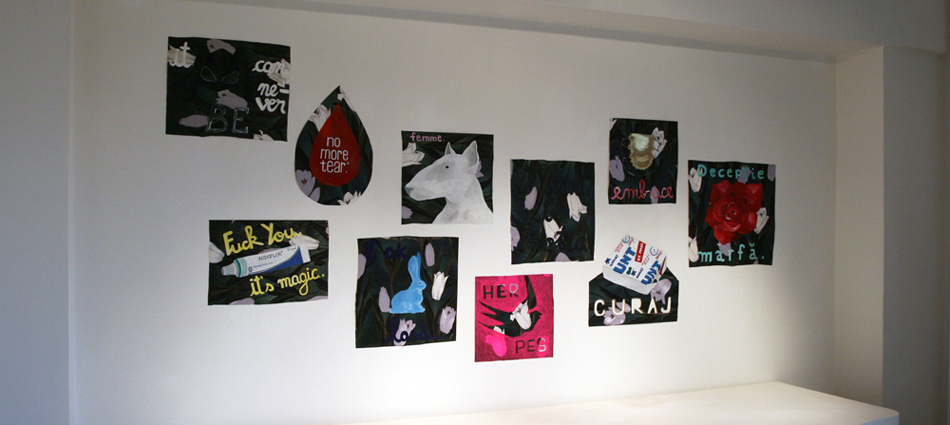
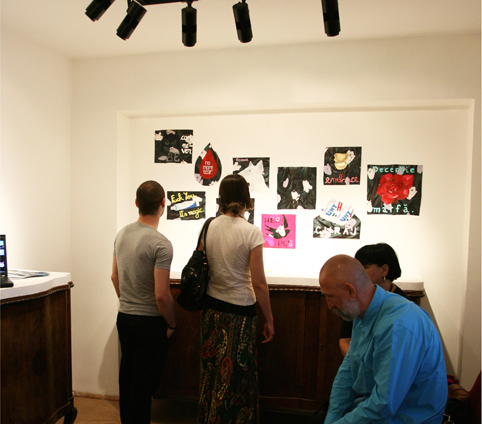
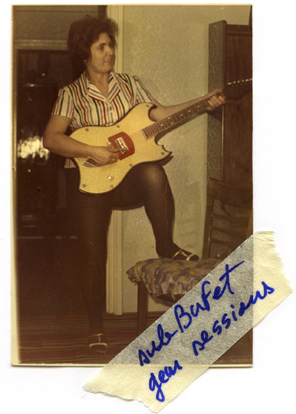
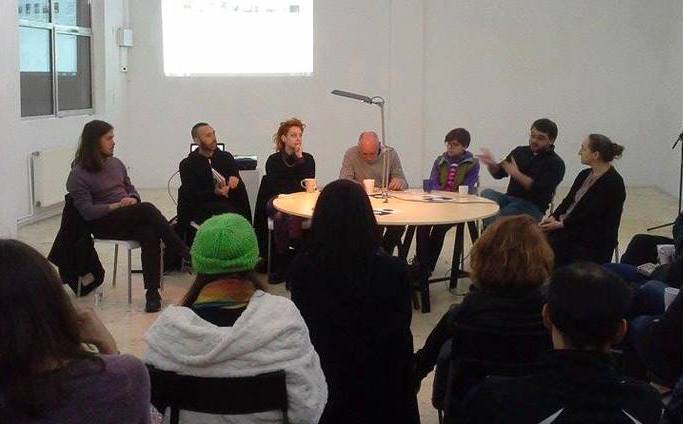
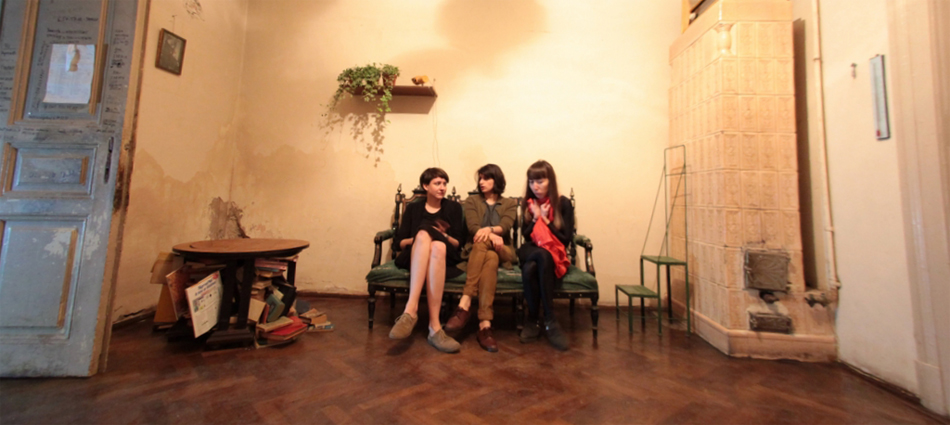
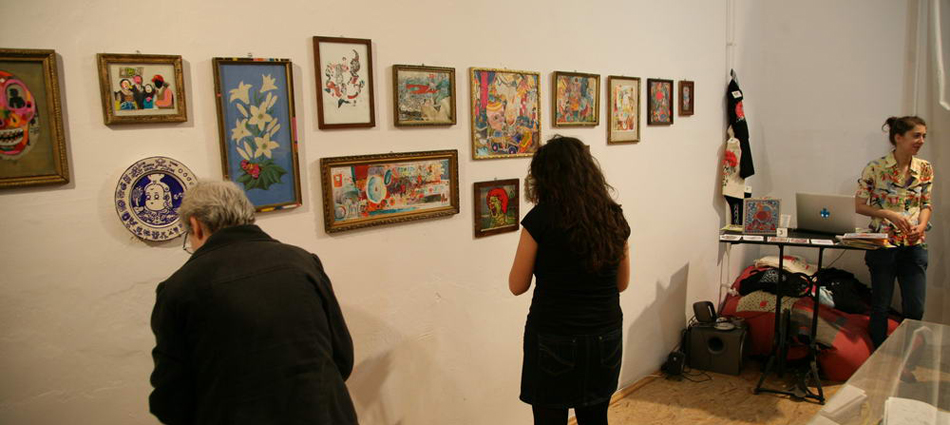
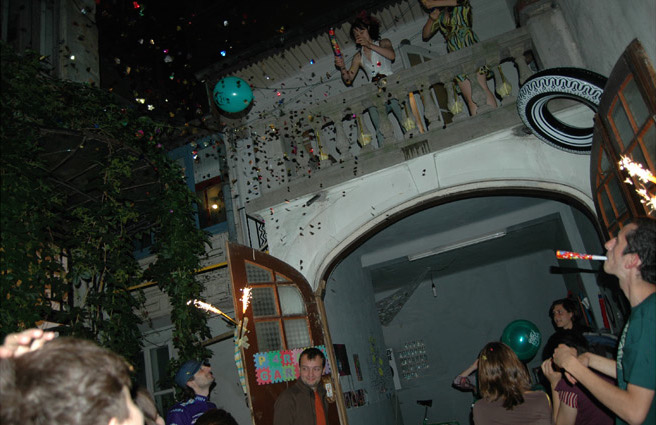

Comments are closed here.